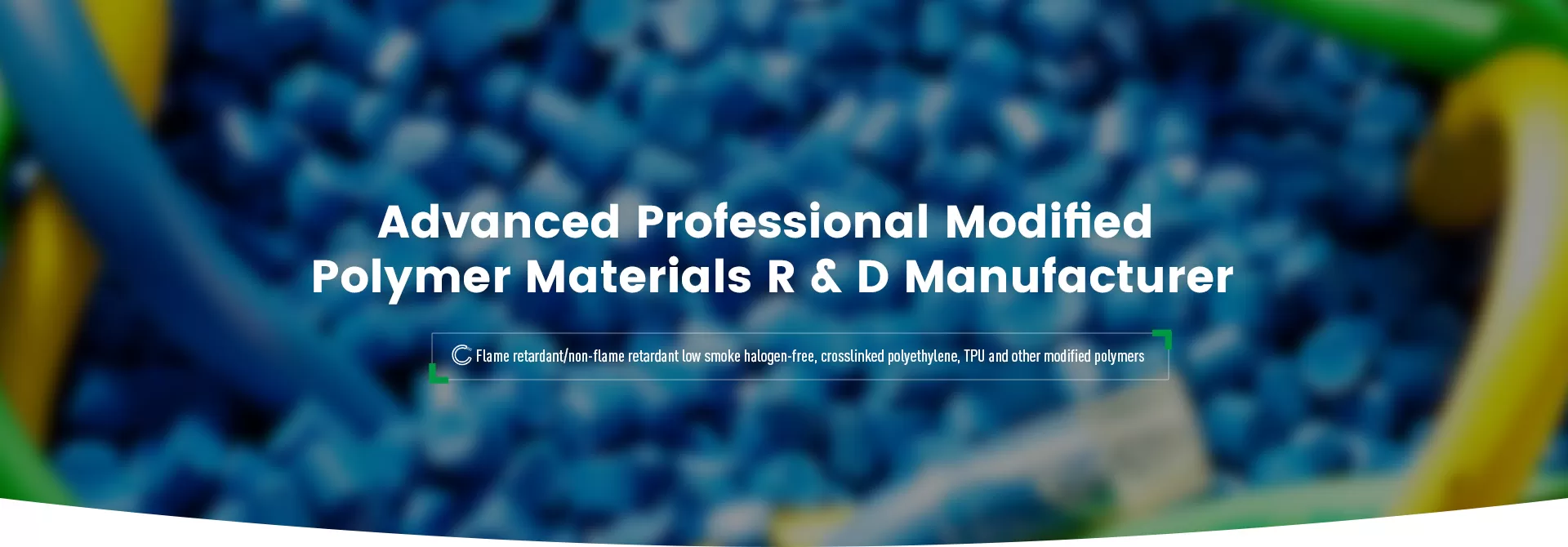
With the continuous evolution of new energy vehicle (NEV) technology, material selection has become a key factor affecting vehicle performance, safety and service life. As the most widely used polymer materials, Thermoplastic Polyurethane (TPU) and polycarbonate (PC) play an important role in various subsystems of new energy vehicles. Although both are engineering plastics, they have significant differences in performance characteristics, processing methods and applicable scenarios.
1. Basic Characteristics of TPU and PC
TPU (Thermoplastic Polyurethane) is a flexible polymer material that combines the elasticity of rubber with the processability of thermoplastics, and has excellent wear resistance, weather resistance and impact resistance. It is particularly suitable for automotive parts that require softness and high dynamic adaptability.
PC (Polycarbonate) is a rigid thermoplastic plastic that is widely used in parts with high structural strength requirements for its excellent mechanical strength, thermal stability and creep resistance. Its heat resistance and dimensional stability can be further improved by adding glass fiber (GF) reinforcement.
2. TPU vs PC: TPU Material in New Energy Vehicle Applications
TPU is widely used in the following new energy vehicle parts due to its excellent elasticity and surface wear resistance:
Seat covers and steering wheel covers: TPU's soft touch and excellent wear resistance improve the comfort and durability of the interior.
Window seals and door control panels: Excellent performance in sealing and anti-aging, can adapt to frequent opening and closing and temperature changes.
Paint protection film: With excellent scratch resistance, it is suitable for body surface protection and extends the appearance life of the whole vehicle.
Brake system hose: Good oil resistance and pressure resistance make it suitable for key systems such as brake pipes.
Cable sheath: TPU has excellent wear resistance, oil resistance and flexibility. It is an ideal coating material for key components such as high-voltage wiring harnesses and charging gun cables. It can effectively improve the durability and safety of cable systems under dynamic conditions.
TPU is particularly suitable for dynamic environments and high-frequency friction conditions, which can significantly improve the service life and overall reliability of components.
3. TPU vs PC: PC Material in New Energy Vehicle Applications
PC has achieved a good balance between rigidity and transparency. The following are its typical application scenarios in new energy vehicles:
Headlight cover: PC has excellent optical properties and impact resistance, and is a common material for transparent lamp shells.
Instrument panel structure: Good dimensional stability and thermal deformation performance can ensure that it will not deform under high temperature for a long time.
Wheel arch guard and inner panel: PC material enhanced by GF shows higher impact resistance and fatigue resistance, which is suitable for body structural parts.
Display bracket, functional shell: High mechanical strength and thermal stability ensure the stable operation of electronic equipment under complex working conditions.
PC material is particularly suitable for parts with high requirements for structural strength and thermal performance, and is an important choice for building key support systems.
4. Comparative analysis: TPU vs PC
| Item | TPU | PC |
| Elasticity and softness | High, suitable for interior and soft connection parts | Low, suitable for hard structural parts |
| Abrasion and aging resistance | Excellent, suitable for high-frequency contact and exposed parts | Medium, needs to be enhanced by additives or modification |
| Thermal stability | Medium, suitable for medium temperature applications (<100℃) | High, can work stably in high temperature environment (~130℃) |
| Dimensional and structural stability | Poor, easily affected by temperature and pressure | Excellent, suitable for parts with requirements of precision and strength |
| Transparency and optical properties | General | Excellent, suitable for car lights and display systems |
| Cost | Relatively high, but can be compensated by performance | Moderate, especially cost-effective in mass production of enhanced PC |
5. Conclusion and Selection Recommendations
TPU and PC have clear functional positioning in new energy vehicles and complementary advantages:
If the product design emphasizes flexibility, wear resistance and dynamic adaptability, such as cable sheath/insulation, interior covering, seals, and soft connection systems, it is recommended to give priority to TPU materials.
If the design focuses on structural strength, dimensional stability and heat resistance, such as hard parts such as headlights, instrument frames, and electronic housings, PC materials will be a more suitable choice.
As new energy vehicle technology becomes increasingly complex, higher composite performance requirements are placed on materials. As high-performance thermoplastic materials, TPU and PC will continue to play a complementary and synergistic role in future material applications, helping the industry move towards higher technical standards.